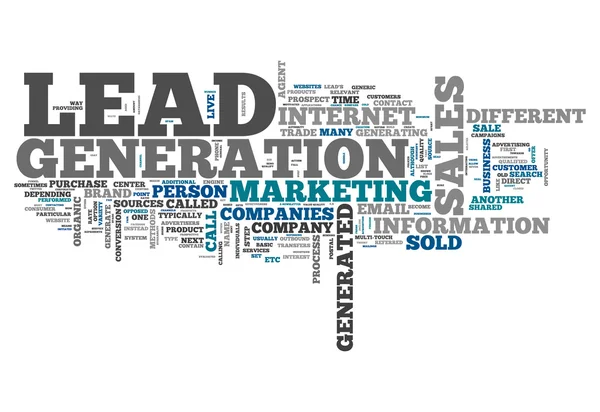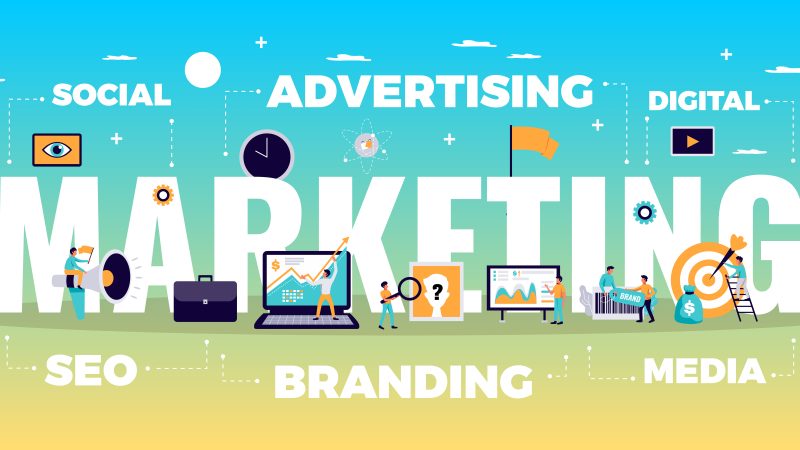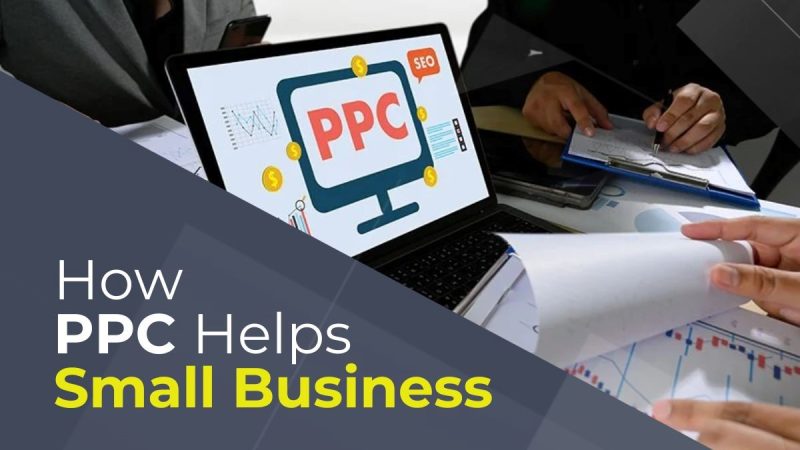The ABC of Lead Generation

A lead is a consumer who takes an interest in your service or product. It does not consist of consumers who enter your physical store or go onto your website with no intention of buying or little interest in your product or service. Lead generation is the process by which you capture potential customers. You can attract prospective customers via social media, blogs, videos, and podcasts to provide consumers with the information they need about your product or service and how easily they can find you in a search engine (e.g., Google) search. In this article, we will look at what lead generation is, with some examples, and the different types of leads.
What Is Lead Generation?
Lead generation is to secure the consumers who show an interest in what you are selling and turn them into customers. This may not be instant as they could be exploring their options to make a purchase at a later stage. Lead generation means building loyalty and trust so that they will be familiar with you and want to purchase what you offer, above competitor offerings, when they are ready to buy. You need to build brand awareness and gather customer data for marketing strategies like email campaigns.
Examples of Lead Generation
You can insert a tracking pixel into your landing page. This will provide you with customer data that can be used to communicate with them. If you can get consumers to opt in to email communication, it is one of the most effective ways to connect with them. Social media can get consumers engaged and interacting with you. This lets you build trust, increase brand awareness, and get them to buy from you. Blogs allow you to showcase your expertise in your field and to be seen as an authority.
The same strategies have different outcomes for each company. You need to find those that work best for your business. Once you find a strategy that works, you can make that your first priority and focus more of your marketing budget on it.
Types of Leads
Some types of leads are:
- Hot Leads. These are the best types of leads to have because the customer is ready to make a purchase. An example is a decision-maker with authority to sign off on the sale and who has already been in communication with you and possibly had a sales demo. If they are driven by a timeline, that is even better.
- Cold Leads. This is the worst type of lead. You may have been given information about a person to contact, but as of yet, they have not been exposed to your brand and have not taken an interest in your product. It takes a lot of effort to convert a cold lead into a sale.
- Warm Leads. These consumers have had exposure to your product, blogs, or videos, but have made no effort to make a purchase. They need to be “heated” into hot leads.
- Information Qualified Leads. This lead has already taken some action, such as signing up for your newsletter.
If you are not sure how to proceed or gather leads, lead generation services are available to help you make conversions and know how to process different types of leads. Many small companies are unsure of what stage leads are at or how to convert them to sales. This is your bottom line, so it’s better to get help than risk losing potential sales by not knowing what steps to take.




